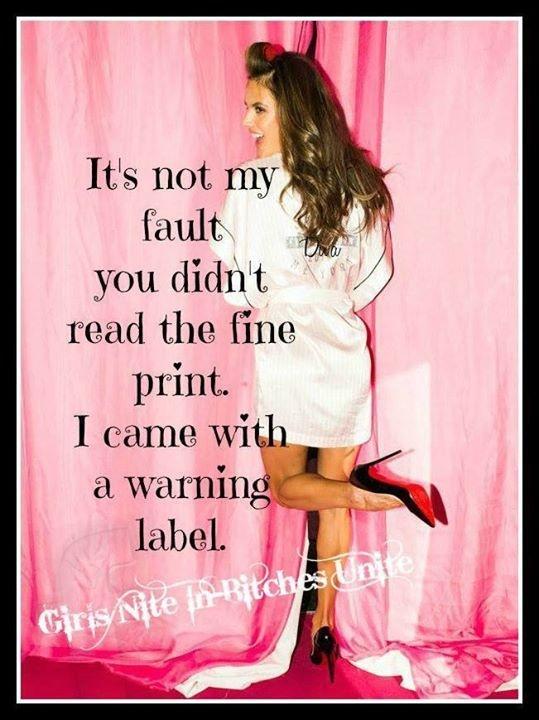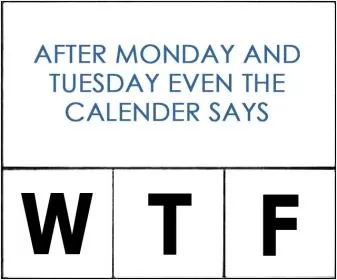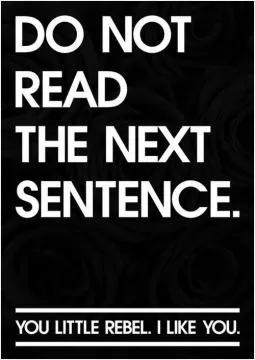It's not my fault you didn't read the fine print. I came with a warning label

It's not my fault you didn't read the fine print. I came with a warning label
When it comes to assigning fault in a situation, it is important to consider all the factors at play. One common scenario where fault may be disputed is when someone fails to heed a warning label or read the fine print. In these cases, the argument often arises that the individual should have been more diligent in their actions and therefore cannot place blame on others."It's not my fault you didn't read the fine print. I came with a warning label" is a statement that encapsulates this sentiment perfectly. It suggests that the responsibility lies with the individual who failed to take the necessary precautions or pay attention to the details provided to them. In essence, it shifts the blame from the party issuing the warning to the party who ignored it.
However, the issue of fault in these situations is not always clear-cut. While it is true that individuals have a responsibility to read warning labels and understand the terms and conditions of a contract, there are also instances where the information provided may be misleading or unclear. In these cases, it becomes more difficult to assign fault solely to the individual who failed to read the fine print.
Furthermore, there are also situations where warning labels may not be sufficient to prevent harm or injury. For example, if a product is inherently dangerous or defective, simply including a warning label may not be enough to absolve the manufacturer of liability. In these cases, fault may be shared between the individual who failed to heed the warning and the party responsible for creating the dangerous product.












 Friendship Quotes
Friendship Quotes Love Quotes
Love Quotes Life Quotes
Life Quotes Funny Quotes
Funny Quotes Motivational Quotes
Motivational Quotes Inspirational Quotes
Inspirational Quotes